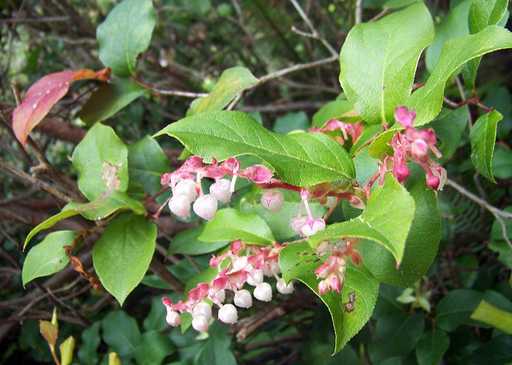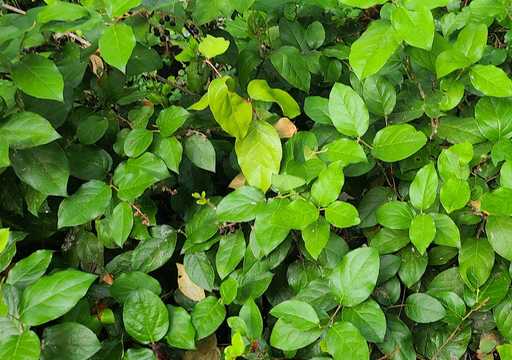Native Plant Spotlight - Salal (Gaultheria shallon)
What is Salal?
Salal (Gaultheria shallon) is a evergreen shrub native to the Pacific Coast. It is often seen growing as an understory shrub. It is identified by its green leathery leaves that are often used in floral arrangements. The plant flowers in May to June with white to pink flowers. After flowering the plant will set fruit which ripen to a purple blue color. The berries are loved by wildlife and can be eaten by humans. The plant can be slow to establish, but once established, it can create dense evergreen patches in the landscape.

Salal as a Wildlife Plant
Salal can add a evergreen shrub layer to the backyard garden of landscape. This beautiful plant produces white to pink flowers that attract a variety of bees, butterflies and hummingbirds. The flowers provide nector and pollen from as early as May to June. When the fleshy fruits develop, they provide a late summer and fall food source. The berry feeds a variety passing mammals and birds. The dense foliage also provides cover throughout the winter for wildlife to hide or nest. The leaves can provide a forage for deer, elk and other mammals.

Snowberry Growth Habits
The mature plant typically grows 1-3 ft high but has been known to grow to 6 feet in the right conditions. The plant. The plant can be planted in full shade to sun. The plant also tolerates a variety of soil conditions surviving in both dry landscapes and moist landscapes. The plant is slow growing and can be difficult to establish. It beneficial to water newly planted shrubs for the first two years while the plant is establishing roots. Salal has a tendency send out underground stems that help the plants eventual spread. This spreading behavior makes salal a great choice filling in as a understory planting. Salal is low maintenance shrub. Consider pruning old or dying branches to promote new growth in the late winter or spring.
